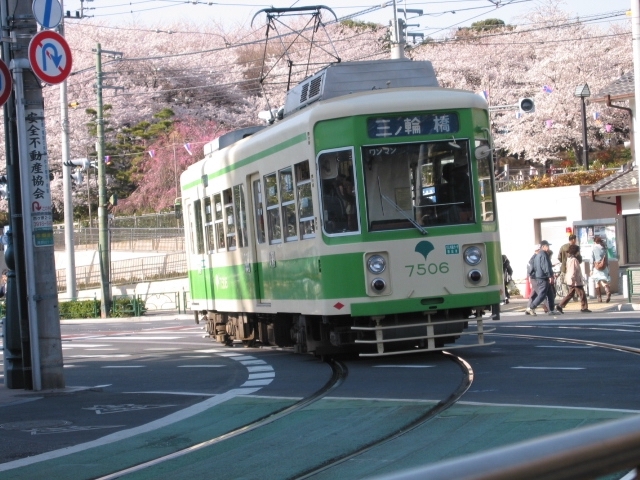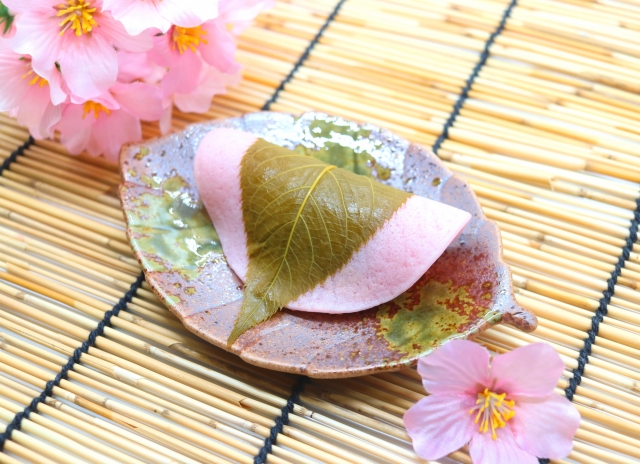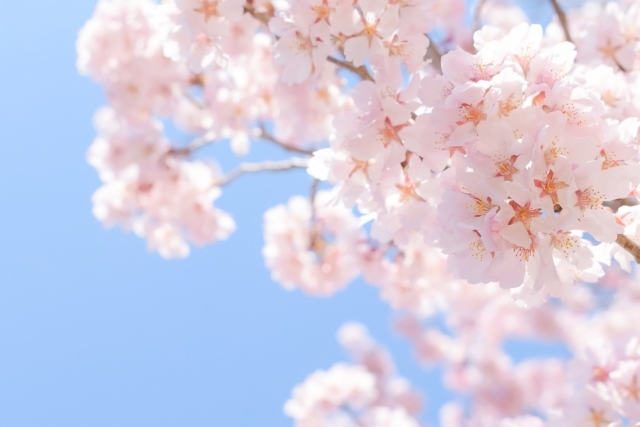In Japan, both schools and companies start a new fiscal year in April. In the vicinity of Tokyo, entrance ceremonies are often held on April 8th, marking the start of a new chapter in life adorned with the blossoming cherry blossoms (sakura). It is a season that welcomes the end of a long winter and the arrival of spring.
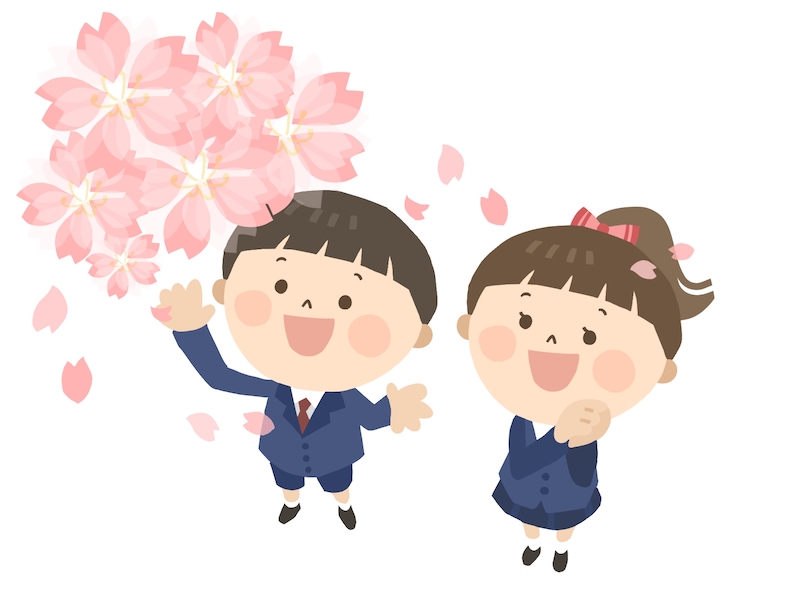
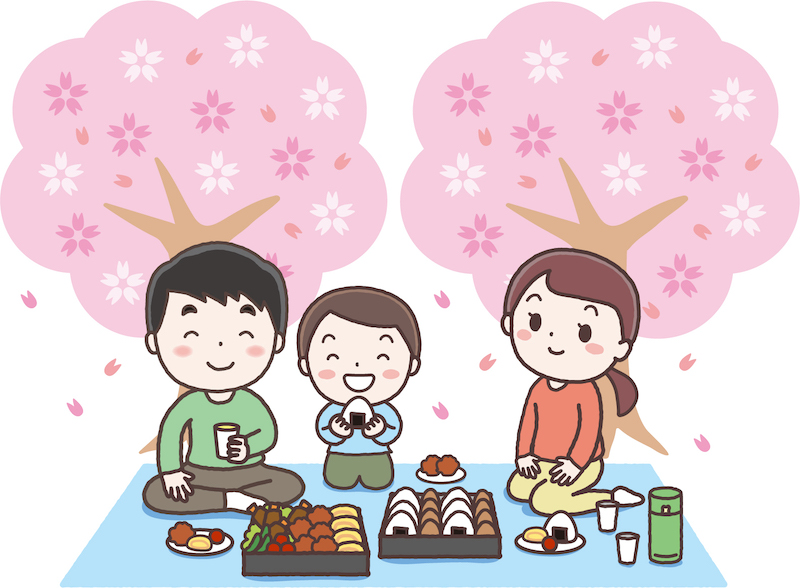
The cherry blossoms we currently enjoy are primarily of the Somei Yoshino variety, developed from native species at the end of the Edo period (1603-1867). This species, constituting about 70% of cherry trees, originated from a single tree and was propagated through grafting, resulting in Japan’s cherry blossoms being essentially clones. Hence, they bloom simultaneously. Cherry blossoms’ flowering is influenced by temperature, so it starts in warmer regions and gradually moves north, referred to as the “sakura front” in weather forecasts.
The love for cherry blossoms by the Japanese is documented in literature from the Heian period (8th to 12th centuries), but it became widely cherished during the Edo period and beyond. The 8th shogun, Tokugawa Yoshimune (reigned 1716-1745), is known for planting cherry trees along Asukayama and the Sumida River in Tokyo. It was during the Edo period that commoners began to enjoy cherry blossom viewing, depicted in ukiyo-e prints and recorded in historical documents, although those were not of the Somei Yoshino variety.
One reason for the Japanese affection for cherry blossoms is the brevity of their blooming period. The flowers disappear in just about ten days, giving way to fresh green leaves. Appreciating the fleeting time from the beginning of blooming to falling is highly esteemed and expressed with the adjective “hakanai” (transient). While full bloom is desirable, the beauty of both the blossoming and falling petals, known as “hanakasa (noun),” can be perceived.
Recently, due to the impact of global warming perhaps, the flowering period has slightly advanced. It is not uncommon for cherry blossoms to have mostly fallen by the time of entrance ceremonies. Informing travelers from abroad about the best time to enjoy these cherry blossoms has become challenging.
As a special tour, I have selected cherry blossom spots inspired by Tokugawa Yoshimune. The itinerary includes a ride on the only remaining tram in Tokyo (called Tokyo Sakura Tram) and the enjoyment of special bento lunches released during the cherry blossom season. Although there is no evening part of the tour, experiencing nighttime cherry blossoms in Asakusa and Ueno could add a colorful touch to your journey.
